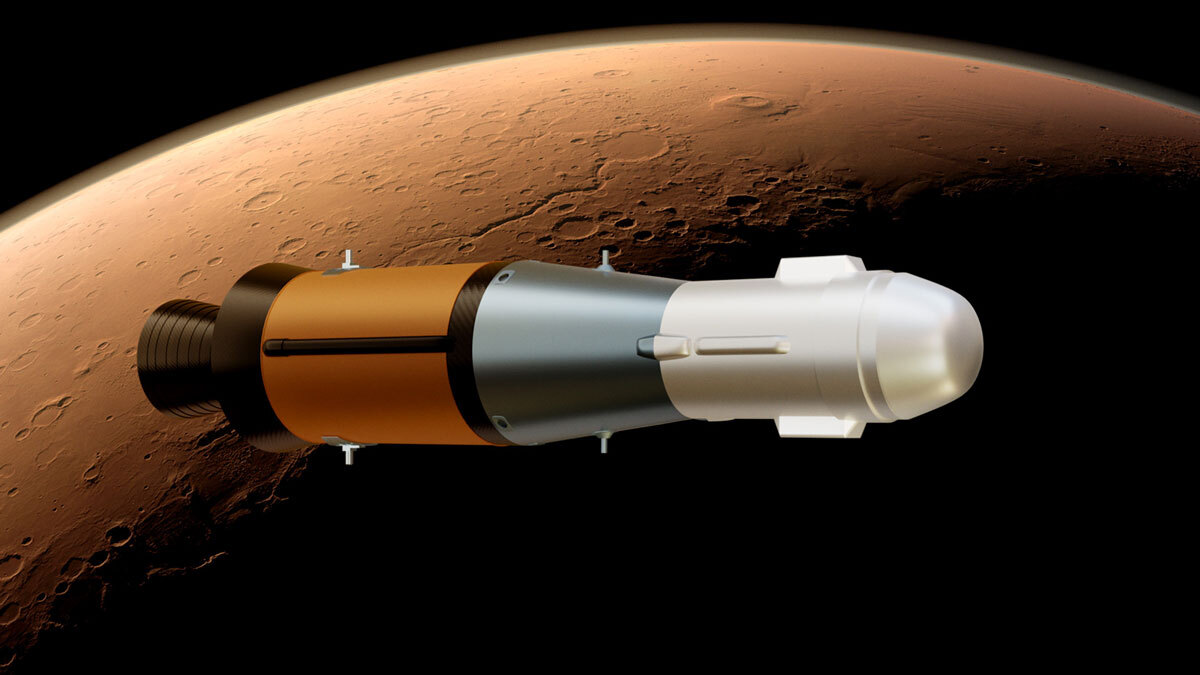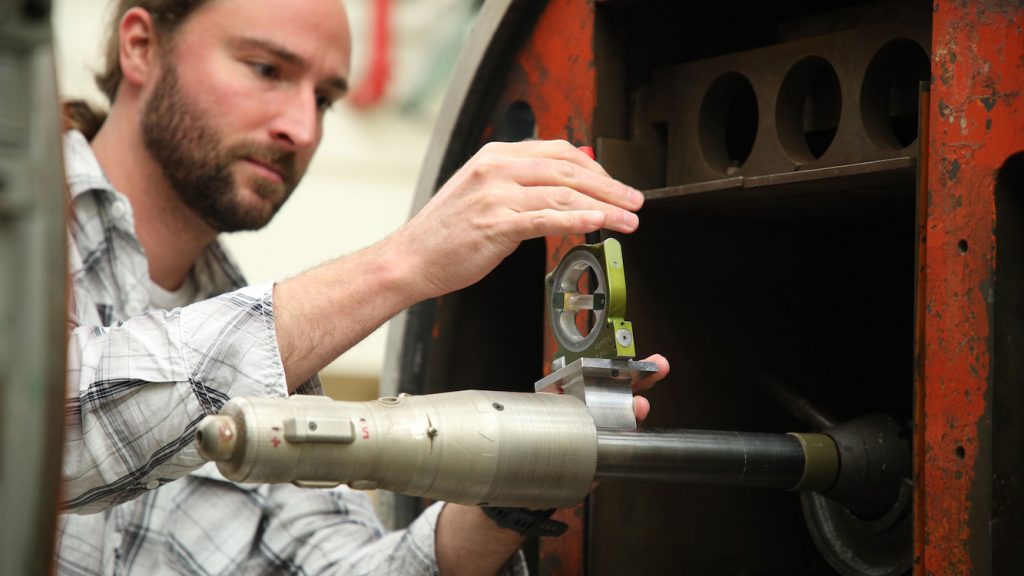
NASA’s Mars Ascent Vehicle is receiving some wind tunnel treatment as the agency and its partners continue to development a rocket capable of launching from Mars. However, doubts as to its feasibility politically are still up in the air.
MAV conducts tests in historic NASA wind tunnel
The Mas Ascent Vehicle for NASA’s Mars Sample Return mission underwent wind tunnel testing as a rather special, but small, wind tunnel recently. In a blog post by NASA’s Jet Propulsion Laboratory, the agency detailed a small model of the proposed MAV rocket was placed into a wind tunnel that has been in use since the start of the space program.
NASA’s Marshall Space Flight Center’s Aerodynamic Research Facility offers a small, 24 inches long by 14 inches wide and high, wind tunnel. The tunnel itself is a piece of spaceflight history as it has severed NASA for testing scale models of its spacecraft starting with the Redstone rocket. The wind tunnel has also tested the Saturn, Space Shuttle, and SLS models.

Being built by Lockheed Martin, the MAV will be a small, lightweight rocket that will launch samples recovered by NASA’s Perseverance rover back into Mars orbit. This rocket will be the first vehicle to launch from another planet but will follow Ingenuity which was the first vehicle to take flight on another planet. While Marshall’s wind tunnel is small, it can produce up to Mach 5 speeds to simulate flight through atmosphere.
NASA’s Mars Sample Return will consist of many moving parts to collect the samples from Perseverance, move them onto the rocket, and then safely bring them back to Earth. While in plans for decades and a major priority of the scientific community, NASA may face some tough roads ahead to make it reality.
Join our Discord Server: Join the community with forums and chatrooms about space!
Funding spikes could keep the program on the ground
Launching the Mars 2020 mission with a large portion of Perseverance’s space dedicated to gathering and storing core samples was a bold strategy by NASA. When launched, NASA had no concrete program to retrieve and return those samples to Earth, To be honest, the agency still doesn’t have a solid plan for getting those samples.
Currently NASA is in a battle with Congress to fund NASA’s side of the Mars Sample Return mission that is jointly lead with ESA. Earlier this year the Senate gave NASA a warning when it cut the asking budget for MSR from $949 million to only $300 million with an asterisk attached – the overall coast can’t exceed $5.3 billion.
If the agency can’t give Congress a plan that will keep the cost below that number that $300 million will be given to the Artemis program and MSR would be pretty much scrapped. Reports this summer showed the cost of MSR to balloon up to $10 billion over the lifetime of the mission. This would include designing and building the spacecraft, operations, and building a facility here on Earth house the samples.
An independent review board by NASA came out this month that confirmed the ballooning price and estimated the cost to be $8 to $11 billion. The board’s report also gave the program a “near zero” chance of being ready to launch by 2028.
It’s now crunch time for Government budgets to be approved by Congress, which is currently leading towards a full on government shutdown. At the moment, there’s not a lot of good news for MSR being executed this decade. Those samples might just have to wait for SpaceX to come pick them up whenever it gets its Starship rocket ready for Martian flights.
FTC: We use income earning auto affiliate links. More.



Comments